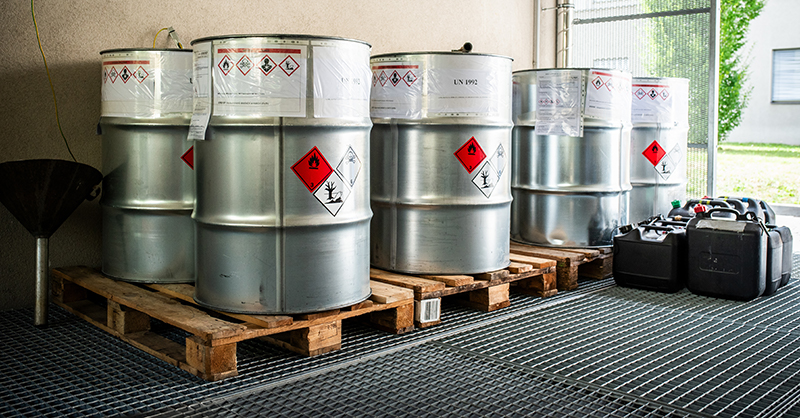Top Strategies for De-Escalating Disruptive Student Behavior

The news that student de-escalation is a hot topic likely comes as no surprise to adults working with adolescents. The social and emotional well-being of youth is having a noticeable impact on educational settings with seemingly no simple solution. Understanding the nation’s growing youth mental health crisis and how to address it should be a priority of every school and educational setting that serves children ages 18 and under.
According to data from the 2016 National Survey of Children's Health, 16.5% of children surveyed presented at least one mental health disorder. When you consider this along with the large numbers of students who attend a school, camp or after-school program, you can begin to understand how many children and participants bring along behaviors prone to escalation and how it could impact your program. So, how do the adults working with these youth de-escalate these situations?
Understanding the Phases of Escalation
The “Knowledge is Power” adage is still very true today. To help de-escalate a situation, you must be able to recognize the phases of escalation. The cycle of emotional escalation generally progresses through seven distinct phases (Colvin & Scott, 2014):
Phase 1: Calm—Overall behavior is cooperative and acceptable.
Phase 2: Triggers—Events or circumstances prompt emotional reactions.
Phase 3: Agitation—Overall behavior is unfocused and distracted.
Phase 4: Acceleration—Behavior engages others.
Phase 5: Peak—Behavior is out of control.
Phase 6: De-escalation—Overall behavior shows confusion and lack of focus, perhaps appearing to vacillate between anger and calming down.
Phase 7: Recovery—Behavior shows an eagerness for busy work and reluctance to interact.

View the PDF below for more information on the Stages of Behavior Escalation (Colvin & Sugai, 1989).
Top De-Escalation Strategies
When a child has shown a pattern of escalating behaviors, it’s important to do the following:
1. Have a plan for observation.
When a student begins to escalate, it is important for an adult to effectively intervene in a safe manner. Is there a trigger? Can the Phases of Escalation be identified, and a plan created to intervene?
2. Be aware of the trauma/adversity history of this child.
Understanding the child’s history can help staff members better determine appropriate levels of monitoring and supervision needed. The following general situations could make a child more prone to escalation:
- History of a neglectful/disengaged family environment
- Poverty
- Medically fragile/complex
- Physical/Emotional/Sexual abuse history
- Mental/Emotional/Physical disabilities
3. Have a plan for managing adults and students.
When students are going through the Phases of Escalation, the adults working with the students also go through the phases. Are there multiple adults who know each student’s plan so that an adult can remove themselves from the situation if needed?
4. Don't be drawn into “I won’t” or “you will” types of engagement.
If the situation begins to escalate toward Phase 5 Peak behavior, immediately terminate any discussion. Simply withdraw from the student. Use an exit strategy such as saying, “Just a minute,” then withdraw and direct your attention to the other students. At the same time, keep a close eye on the escalating student. This simple act of withdrawing may stave off further escalation.













